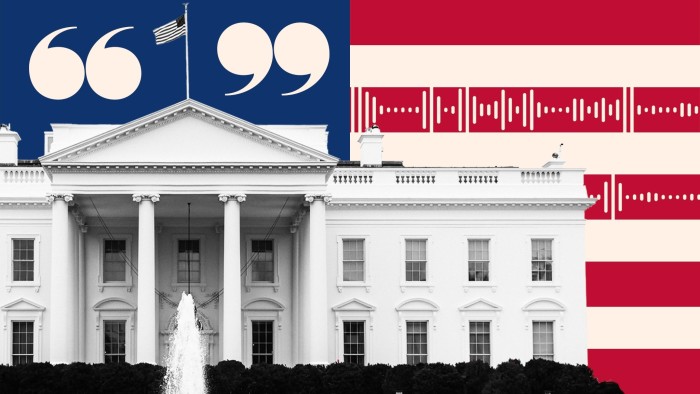Ken Griffin has called on Harvard University to embrace “western values”, with the billionaire hedge fund manager and donor saying the turmoil sweeping across college campuses was the product of a “cultural revolution” in US education.
Griffin, who founded the $63bn US hedge fund Citadel and has given more than $500mn to his alma mater, told the Financial Times that the US had “lost sight of education as the means of pursuing truth and acquiring knowledge” over the past decade.
“The narrative on some of our college campuses has devolved to the level that the system is rigged and unfair, and that America is plagued by systemic racism and systemic injustice,” he said in an interview.
Universities including Harvard, Stanford and the Massachusetts Institute of Technology have been consumed by sometimes violent protests against Israel’s war in Gaza that have pitted wealthy donors against student activists.

Bill Ackman, another hedge fund billionaire, led a successful campaign for the resignation of the president of Harvard. Marc Rowan, head of private equity group Apollo Global Management, has stoked a fierce debate about governance at the University of Pennsylvania, whose Wharton school of business has reported a fall in donations.
“What you’re seeing now is the end-product of this cultural revolution in American education playing out on American campuses, in particular, using the paradigm of the oppressor and the oppressed,” Griffin said.
“The protests on college campuses are almost like performative art, and we’re not actually helping Palestinians or Israelis with these surreal protests,” the 55-year-old financier said, adding that in previous humanitarian crises, Americans would focus on practical help, such as organising food drives.
As a Harvard undergraduate, Griffin had a satellite dish installed on the roof of his dormitory so he could trade convertible bonds, laying the foundation for the launch of his hedge fund in 1990.
He has since given the institution roughly a quarter of the more than $2bn he has provided to philanthropic efforts, making him one of the university’s largest donors in its modern history. A record $16bn profit for Citadel’s investors in 2022 established Griffin’s company as the most successful hedge fund of all time.
In January, the financier called Harvard students “whiny snowflakes” and said he was pausing donations to the university over its handling of antisemitism on campus, which he blamed on its “DEI agenda”.
His critique of its diversity, equity and inclusion policies came amid a leadership crisis that culminated earlier that month with the resignation of its president Claudine Gay. With a $50bn endowment, Harvard is the world’s wealthiest university.
Asked what Harvard should do next, Griffin told the Financial Times: “Harvard should put front and centre [that it] stands for meritocracy in America and will educate the next generation of leaders in American business, government, healthcare, and the philanthropic community. Harvard will embrace our Western values that have built one of the greatest nations in the world, foster those values with students, and ask them to manifest these values throughout the rest of their life.”
Griffin casts himself as a proponent of free speech and advancing the “American dream”. People who know him expect that one day he may move into politics.
“Freedom of speech does not give you the right to storm a building or vandalise it,” said Griffin. “That’s not freedom of speech. That’s just anarchy.”
The Citadel founder drew parallels between the US campus protests and the Black Lives Matter social movement, when some social media users posted black squares on Instagram, out of solidarity with the fight for racial justice.
“You didn’t help a single child learn that day how to read, write, or do math better,” he said. “You want a pat on the back for posting a black screen on your Instagram account? Give me a break. It’s embarrassing.”
Donors’ withdrawal of millions of dollars in planned funding to punish US universities for their responses to Hamas’s attack on Israel has reignited questions about the influence of plutocrats on US universities.
Griffin said the many wealthy Harvard donors he had spoken to had “little interest in micromanaging the university”, however. “There is a palpable interest in Harvard serving as a beacon of truth-seeking and meritocracy,” he said: “Many wealthy donors have valuable insight into transformation and improvement strategies that are clearly needed at this time.”
Additional reporting by Joshua Chaffin in New York










































